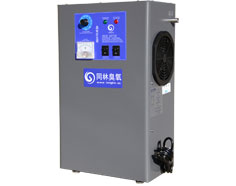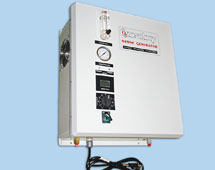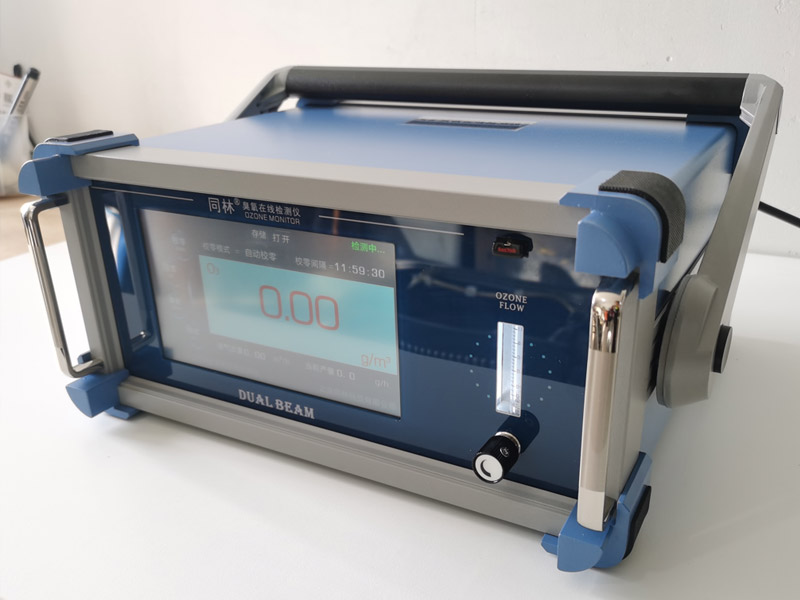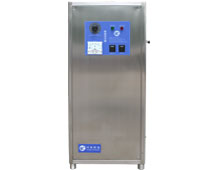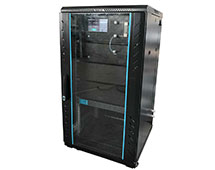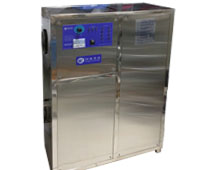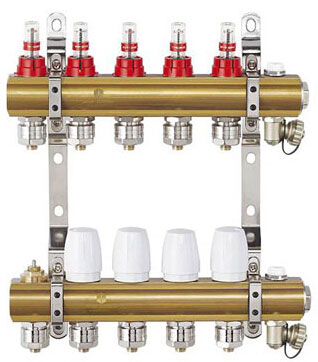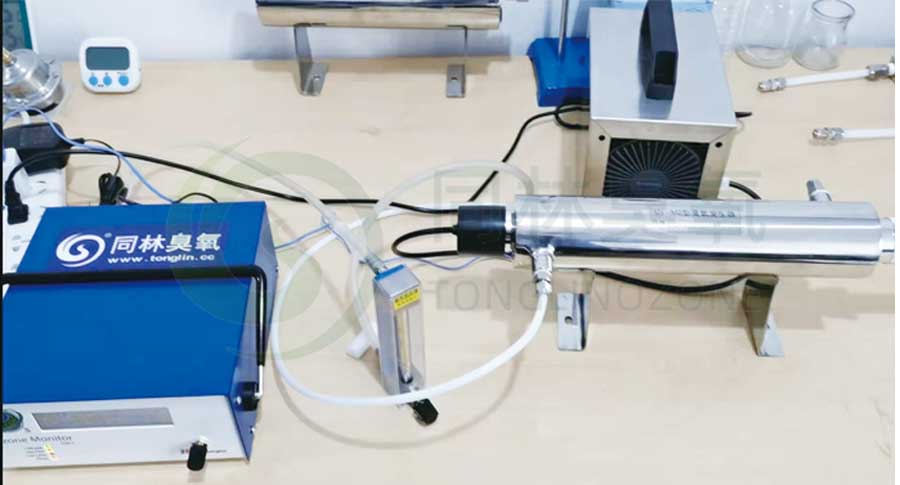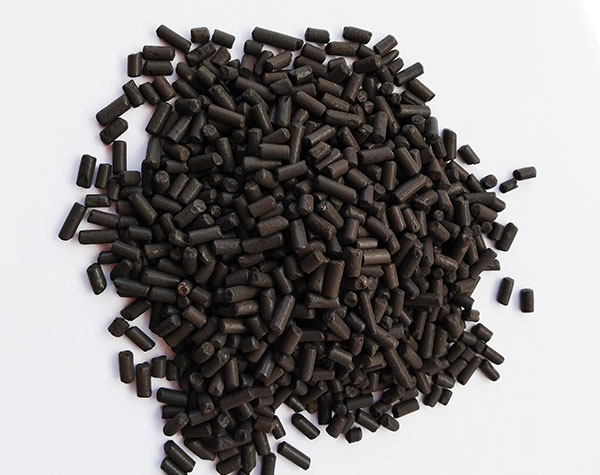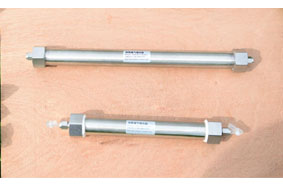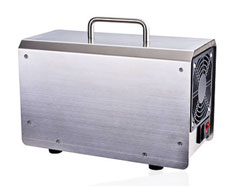臭氧知识
微填充床反应器中苯乙烯臭氧分解连续合成苯甲醛
微填充床反应器中苯乙烯臭氧分解连续合成苯甲醛
为了研究系统压力的影响,使用的是一台臭氧发生器(Atlas P30)可以产生高达0.5 MPa的高压。
摘要:
由于微反应器固有的安全性和较高的传质/传热效率,近年来连续微反应技术在危险化学中得到了广泛的应用。在这项工作中,以苯甲醛的合成为模型反应,开发了一种基于微型填充床反应器 (µPBR) 的连续臭氧分解系统。研究了操作变量(如搅拌时间、臭氧/烯烃摩尔比、反应压力、反应温度和液体停留时间)对烯烃转化率和产物分布的影响。根据实验结果,很佳反应条件为:搅拌时间1 h,臭氧与烯烃的摩尔比1.2,反应压力0.1 MPa,反应温度为-15~10℃,而不是低温。 (< -50℃)通常用于批量操作。此外,在 3.8-30.8 s 的液体停留时间下,观察到苯乙烯完全转化,苯甲醛收率约为 93%。因此,与传统方法相比,基于 µPBR 的流动臭氧分解技术能够以可持续、安全和有效的方式将烯烃氧化为醛/酮。
原文
Continuous synthesis of benzaldehyde by ozonolysis of styrene in a micro-packed bed reactor
Journal of Flow Chemistry ( IF 2.7 ) Pub Date : 2022-05-18 , DOI: 10.1007/s41981-022-00220-6
Fengyan Lou, Qiang Cao, Chenghao Zhang, Ning Ai, Qining Wang, Jisong Zhang
Due to the inherent safety and high mass/heat transfer efficiency of microreactor, the continuous micro-reaction technology has been widely applied in hazardous chemistry recently. In this work, a continuous ozonolysis system based on micro-packed bed reactors (µPBRs) was developed with the synthesis of benzaldehyde as a model reaction. The effects of operating variables (e.g., stirring time, molar ozone/olefin ratio, reaction pressure, reaction temperature and liquid residence time) on the olefins conversion and product distribution were investigated. Based on the experimental results, the optimum reaction conditions are as follows: stirring time 1 h, molar ratio of ozone to olefin 1.2, reaction pressure 0.1 MPa, and the reaction temperature ranging from − 15 to 10℃, as opposed to the low temperature (<-50℃) routinely employed for batch operation. In addition, the full conversion of styrene and a benzaldehyde yield of ~ 93% was observed with the liquid residence time of 3.8–30.8 s. Consequently, the flow ozonolysis technique upon µPBRs allows for a sustainable, safe and efficient approach to oxidize olefins to aldehydes/ketones compared to traditional methods.



